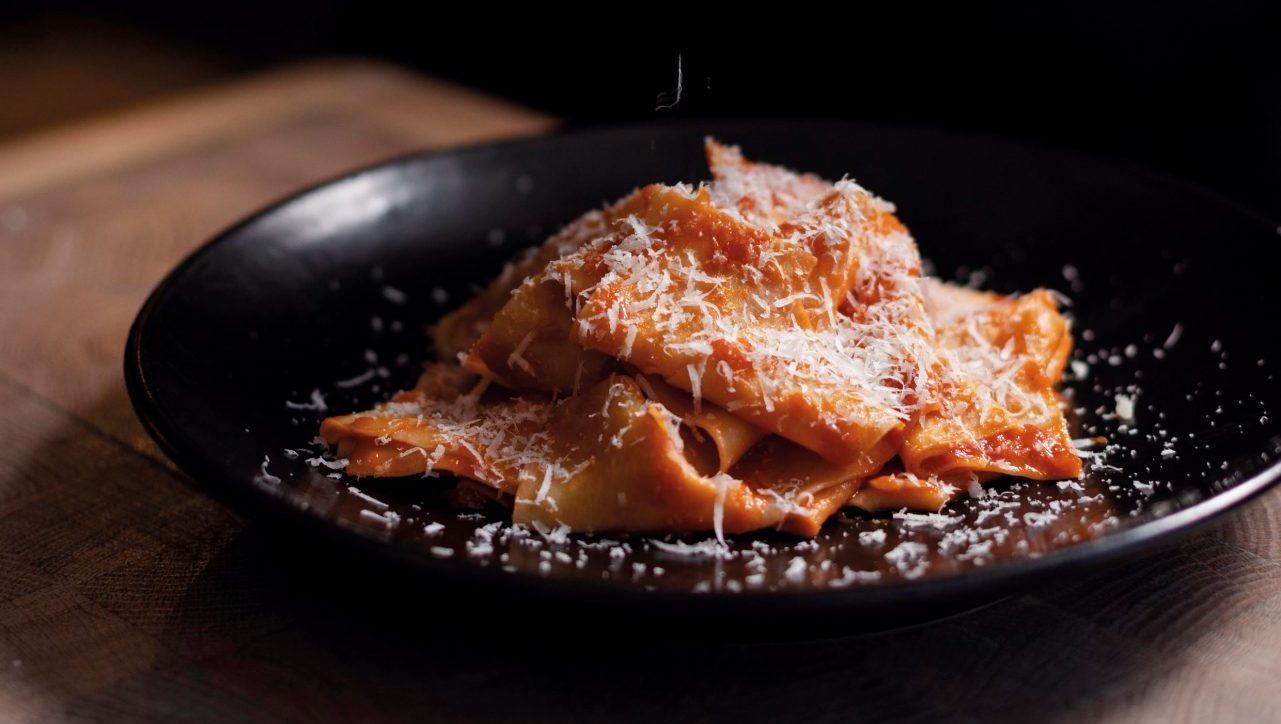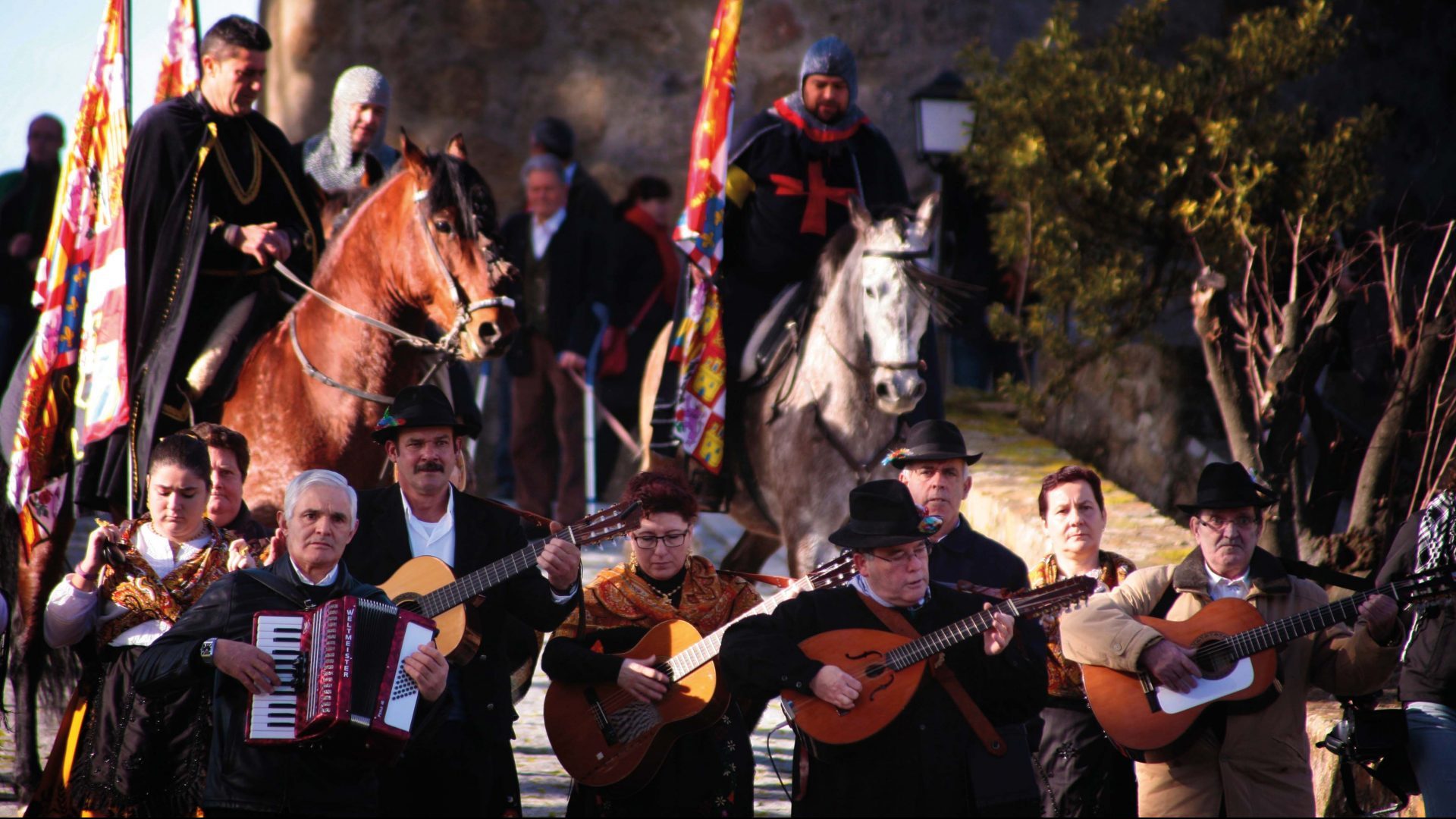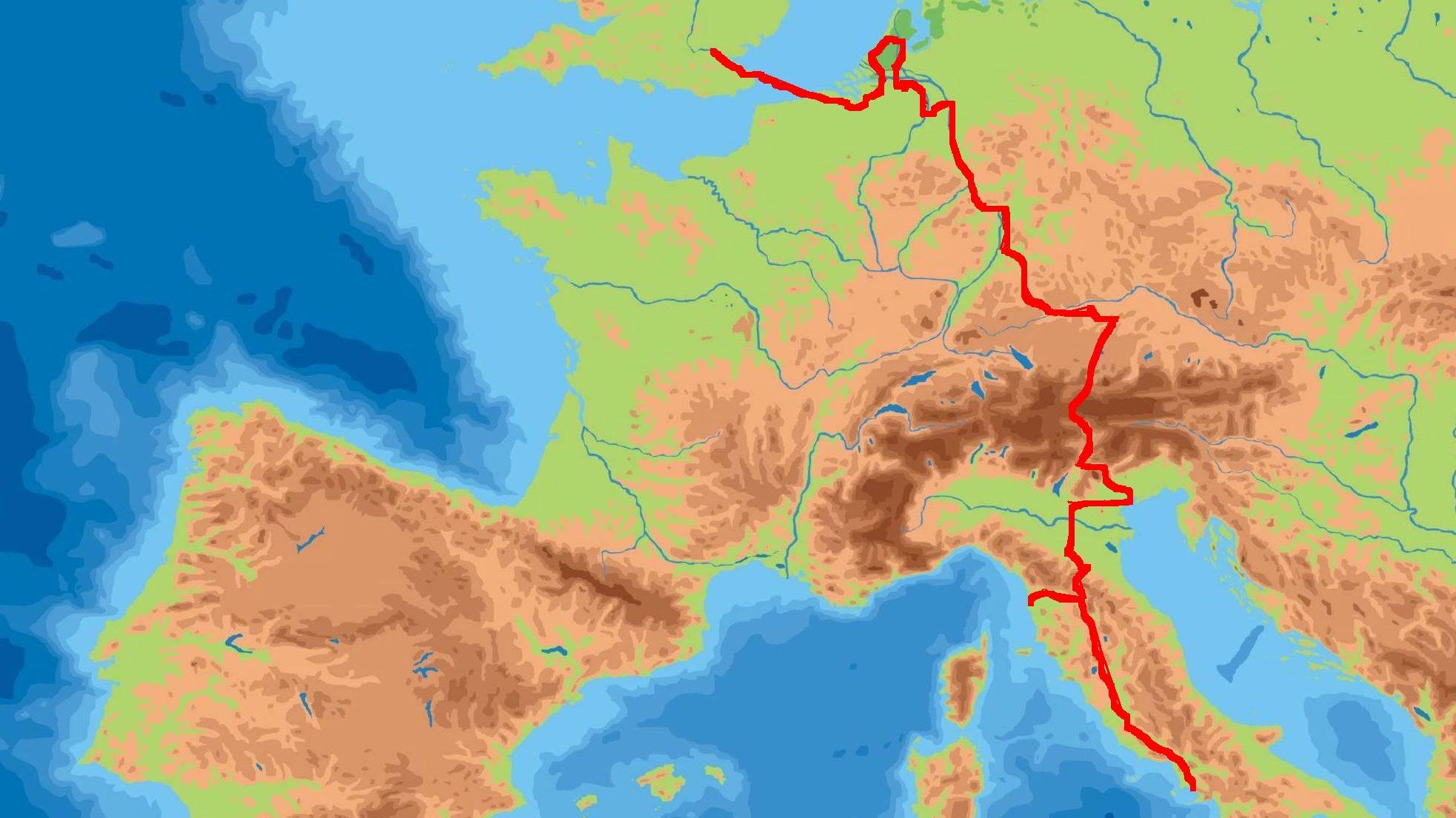Rabbit is fairly cheap, because it’s unfashionable, and while I don’t particularly want it to become The Meat of the Moment, thereby pushing up prices, I do think we should all be eating more of it. Rabbit is sustainable for one – there are loads of bunnies scampering around the place, ears aloft and noses twitching. In France, they farm them until plump, but to buy those here means stupid prices.
I remember my uncle telling me butchers used to practically give rabbit away. It was once a British staple, eaten in casseroles across the land, but fell away with the rise of intensive farming, when cheap chicken and the like arrived and our food system started to become what it is today – that is, awful.
Anyway, rabbit meat is lean, earthy, and a little game, and lends itself comfortably to foods such as pasta, working well with rich and juicy sauces. In this recipe, from the Manchester chef Mary-Ellen McTague, the meat forms a hearty base to a ragù, which is bolstered by a sofrito and scented with rosemary.
McTague cooks a classic pappardelle ragù at her brilliant Manchester restaurant, The Creameries, and there she sells the dish either with beef shin
or with rabbit, for £13 and £14. Other things on the menu are cuttlefish stew
with braised fennel and polenta, and confit duck leg with puy lentils. Neither are above £20. The restaurant is well worth visiting. So is Manchester always, but especially now, given all its excellent new restaurants.
Here is McTague’s rabbit ragù. Perfect for a cold weekend in February.
RABBIT RAGÙ
SERVES SIX
INGREDIENTS
2 rabbits, fore and hind legs removed, loins, flanks and offal reserved for another use (I save mine to make pate)
2 large carrots, finely diced
2 sticks of celery, finely diced
1 large onion or 2 medium
2 cloves of garlic, germ removed and finely chopped
Olive oil
Salt
1 sprig of rosemary
400g of full-bodied red wine
300ml passata
Water or, even better, rabbit stock, made from the roasted carcasses of the rabbits
2 tsp red wine vinegar
PREP
Preheat oven to 160C
Season the rabbit legs with salt and place back in the fridge for 30 minutes.
Remove the legs from fridge and wipe the rabbit legs to ensure they’re dry.
Place a large pan on heat; when hot, pour olive oil in so that it covers the bottom of the pan in a thin layer.
Brown the rabbits on both sides in batches, taking care not to overcrowd the pan.
When the rabbits are browned, remove them to a gastronorm or similar pan or tray – for this quantity a half-gastro would be best.
If there seems to be rather a lot of fat in the pan, pour off the excess so once
again you’re left with a thin layer.
Turn the heat down and add the sprig of rosemary and all the diced vegetable except the garlic and a pinch of salt; stir the contents of the pot with a metal spoon, scraping the caramelised rabbit bits into the cooking vegetables.
Cook gently over a low heat for around 20 minutes, until the vegetables have
softened but not coloured. Add the garlic and cook for around 3-5 minutes more.
Pour wine into the pan and turn heat up to medium to cook off the alcohol.
Reduce until a quarter of the wine remains.
Pour passata in and half a litre of water or rabbit stock. Cook for 15 minutes,
then pour over rabbits in the gastro.
Make a parchment cartouche that will comfortably cover the rabbits; scrunch under running water and then cover the rabbits.
Place into preheated oven and cook for 1½ hours, until the meat is tender and starting to fall off the bone.
Remove from the heat, and when it is cool enough to do so, strip the meat from the bones, adding the meat back into the ragù and discarding the bones.
Discard the rosemary sprig too. Put the ragù into a large saucepan and gently
reduce to the desired consistency.
Pour in the red wine vinegar and adjust the seasoning. The ragù is now ready to use.
COOKING AND PLATING:
Place ragù in a frying or sauté pan and heat gently.
Cook your choice of pasta – my preferred shape is pappardelle – in plenty of salted boiling water (10g salt per litre of water) and when the pasta is 1-1½ minutes away from being cooked, drain, and add to the pan of ragu, along with a small ladleful of the cooking water.
Add around 15g of butter and toss the pasta and ragù in the pan, emulsifying
the sauce.
Place on to plate and top with either grated parmesan or Grano Padano cheese.
Twist a little black pepper on if desired and enjoy.




